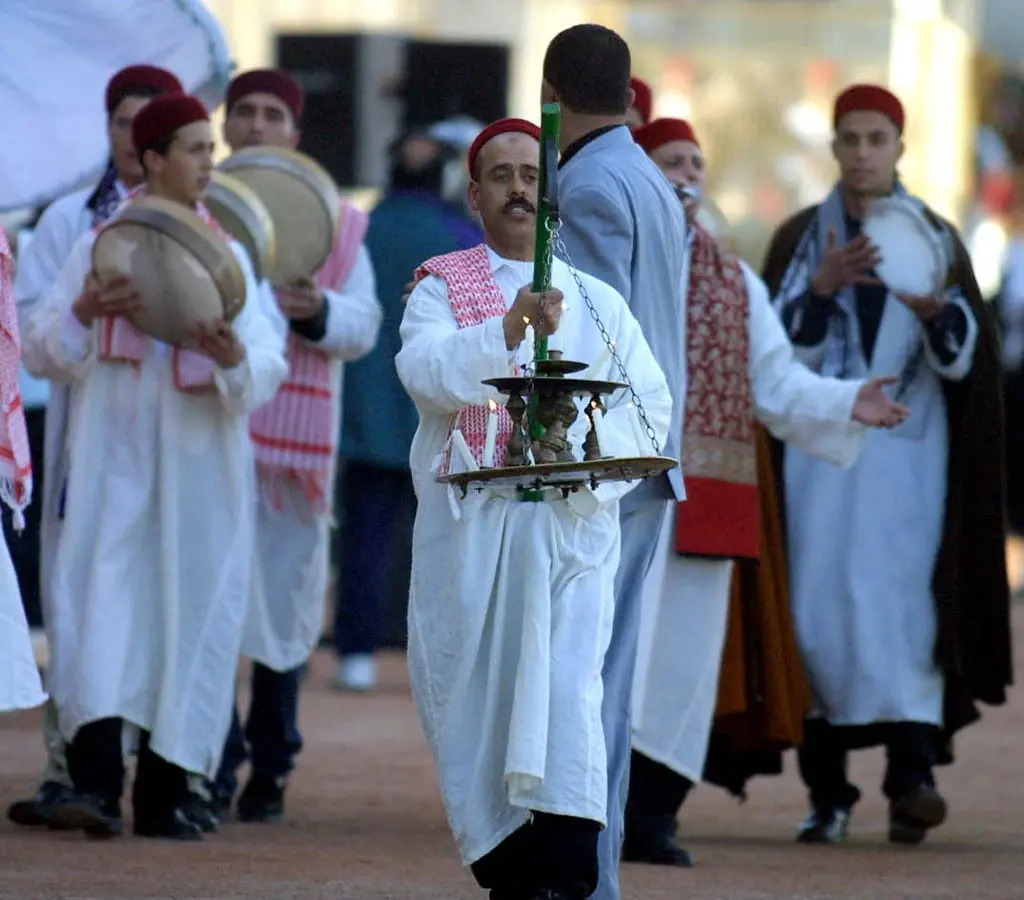
Hakim Marzouki
Many years ago, the Tunisian authorities came with the idea of a national day of traditional dress. The celebrations were almost mandatory. Nowadays, we have to celebrate what was worn by grandparents. This day coincides with the National Independence Anniversary week. In particular, schools and diplomatic corps abroad have to commit to this event. The same applies to officials, media, and folkloric figures.
Traditional clothing markets flourish on such days. Performers, pedants, and heritage enthusiasts find their way on this occasion once every 365 days and a quarter of the day, at least.
Without a doubt, it is good to celebrate this national event as it is not harmful, if not beneficial. It is reminiscent of the joy of hot and cold colors. It reminds us of the sublime taste of the good and bad predecessors alike. This day shows the richness and diversity of the country from the north to the south. Everyone dresses like the other.
Wait for a second! Did we imagine what our grandparents would look like if they were asked in their time to celebrate the clothing of their grandparents as the Tunisian authorities impose these days on schoolchildren and official employees?
Inevitably, the Arab turban would have replaced the Ottoman fez, for example. A turban might become an Andalusian cap. Before that, we would have had an Amazigh headdress, a hat, an African umbrella, a Carthaginian helmet, or a Phoenician robe, and so on. That would have happened in chronological order until we would have reached an ancestor with primitive features, with a thick-hair head, and the sun as the only explicit hat he accepts. An animal skin would have been a garment to protect humans from winter coldness and summer heat.
How would my first primitive grandfather have celebrated the day of traditional clothing when he did not go to school, did not carry an ID, and did not live in a country that boasts of its independence and traditional clothing?
How could he have cherished, celebrated, and showed off clothes without knowing any other? He was not able to design, sew, or buy these clothes.
My first grandfather would have been dressed leaves, leather, natural hair strings, and dust. Then out of the blue, clothes turned into jeans, fabric, velvet, and chamois in the era of globalization. They asked his grandson today to celebrate his traditional clothing as a way of sympathy and as a reminder that he has a particularity that should be respected and celebrated within a ‘cultural reserve’ that laughs at both combed and plucked beards.
I celebrate for my second skin, for the traditional dress that I dress now because it came from a “tradition” based on following the victorious. As for my father’s fez, his hood, his robe, and his jacket, it is just vocabulary covered with dust in the house closet, just like my grandfather’s horse saddle now, exhausted and chased by defeats and rumors.
DISCLAIMER
The opinions expressed in this publication are those of our bloggers. They do not purport to reflect the opinions or views of Fanack or its Board of Editors.


